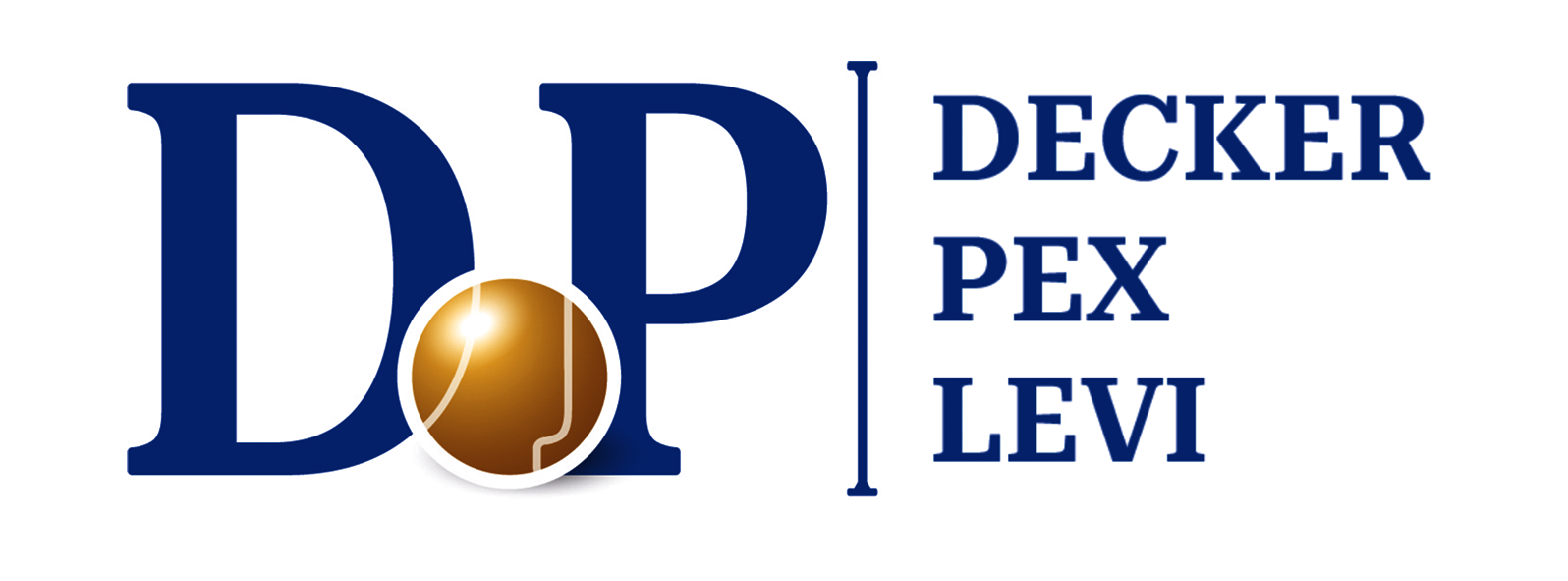Israel’s new Designs Law (the “Law”) deals with both the procedural aspects of registering designs, as well as the material protections afforded to registered designs. One of the groundbreaking innovations that this new legislation introduced is the protection of unregistered designs. The key differences between registered and unregistered designs will be discussed in this article.
What is a Registered Design?
According to Article 102(a) of the Law, the Patents Authority manages a ‘register of designs’. This register contains mandatory and material information about the registered designs. Therefore, designs that are listed in the register are considered ‘Registered Designs’. The ‘register of designs’ is available for public review, which provides legal certainty.
What is an Unregistered Design?
According to Article 1 of the Law, an Unregistered Design is simply defined as a design that is not registered. Therefore, a design that does not qualify as a Registered Design is an Unregistered Design. However, in order for the owner of an Unregistered Design to be entitled to infringement protection, other conditions need to be met as well (see below).
What is the Life-Span of a Registered Design and an Unregistered Design?
According to Article 39 of the Law, the term of a Registered Design is 25 years from the date on which the registration application was submitted. It is extremely important to keep in mind that the actual date of registration has no bearing on the term of the design’s validity, but rather the date on which the request was submitted for review.
The term of an Unregistered Design, pursuant to Article 65 of the Law, is three years from the effective date (i.e. the date on which the design owner proposed for sale, or commercially distributed, the product bearing the design to the public in Israel).
Protection of Registered and Unregistered Designs
Regardless of the various differences between Registered Designs and Unregistered Designs, both are subject to Article 5 of the Law. This provision states, in an absolute sense, that a design is not eligible for protection if it harms public policy.
In addition, Article 10 of the Law states criteria which, if met, will not afford protection to neither Registered Designs nor Unregistered Designs.
When will Unregistered Designs be Protected?
In order for an Unregistered Design to be entitled to protection pursuant to the Law, three criteria must be met:
- The design must be novel and possess a unique quality, which is the same standard that a design must meet for registration purposes;
- The owner of the design, or a person on the owner’s behalf, proposed for sale, or commercially distributed, the product bearing the design to the public in Israel; and
- The sale proposition or commercial distribution (pursuant to (2)) occurred within six months from the time that the design owner, or a person on the owner’s behalf, first advertised the design or the product bearing the design. It makes no difference as to whether the advertisement was made in Israel or abroad.
What Protections Are Afforded to both Registered and Unregistered Designs?
A design owner whose rights have been infringed is entitled to an injunction as part of a claim for design infringement.
Under Article 73 of the Law, an infringement is tantamount to a civil tort, and the Torts Ordinance [New Version] applies, mutatis mutandis. For example, while the Torts Ordinance generally does not award compensation for unproven damages, the Designs Law does grant such compensation. Pursuant to Article 75(a) of the Law, the court is authorized to award a plaintiff up to ILS 100,000, even if no damage has been proven as a result of the infringement. For infringement claims involving products bearing a design, the court also has the discretion to order transfer of the products to the plaintiff or their destruction.
Should you register a design?
The simple answer is it depends on the nature of your business and/or products.
If you plan on running a long-term business or developing a brand with lasting effect, then registration of your design is a must.
However, even if you have more short-term business goals, it is still advisable to pursue registration of your design for maximum protection. Even if your design is already protected by law, having it registered and available to public review will increase certainty and mitigate any problems that may arise. For example, Article 78(a) of the Law affords a defense to a defendant in an infringement claim; if the defendant is able to prove both a subjective and objective lack of awareness as to the existence of the design rights at the time of infringement, then it will be exempt from paying any compensation.
However, Article 78(b)(1) explicitly states that if a design is registered, then the presumption will be that the defendant should have been aware as to the existence of the design rights. While Article 78(b)(2) also offers Unregistered Designs with protection against this defense (by making the presumption of awareness dependent upon certain marks or publications), the presumption of awareness is much easier to prove through registration.
